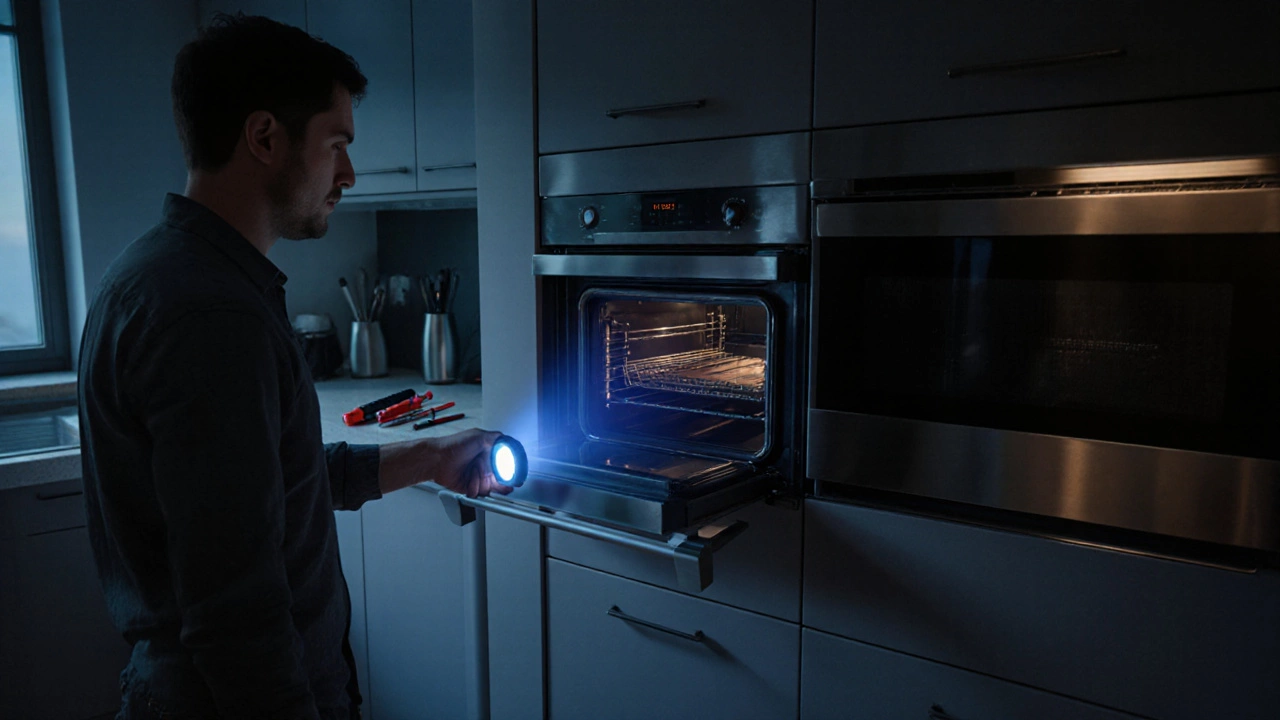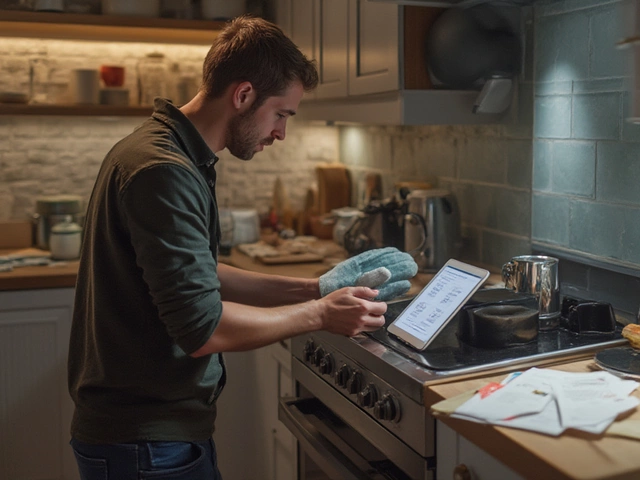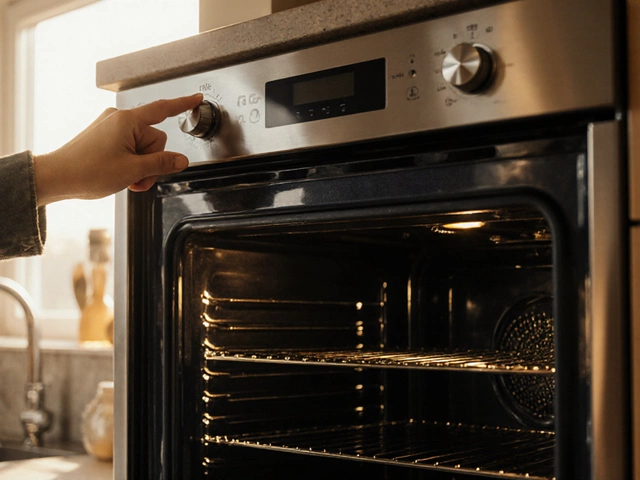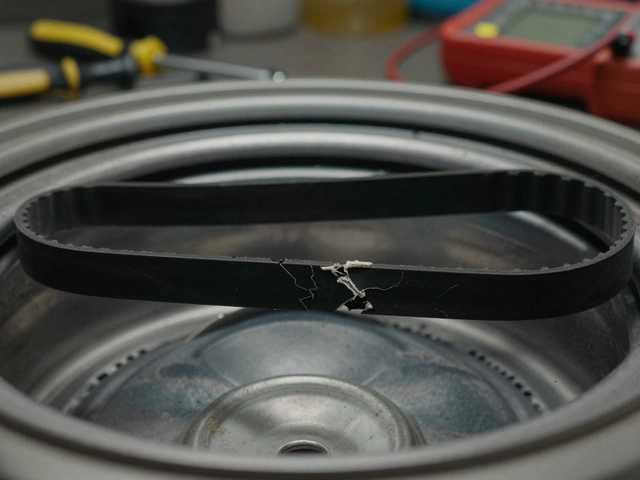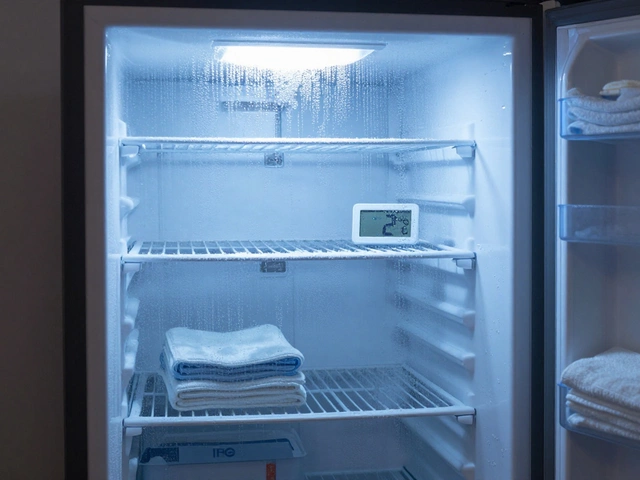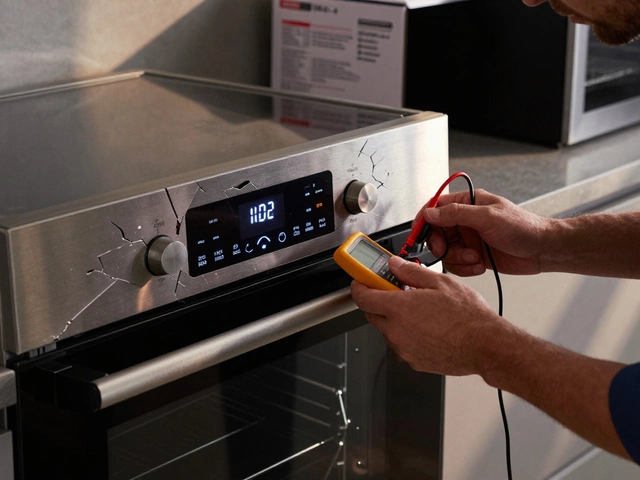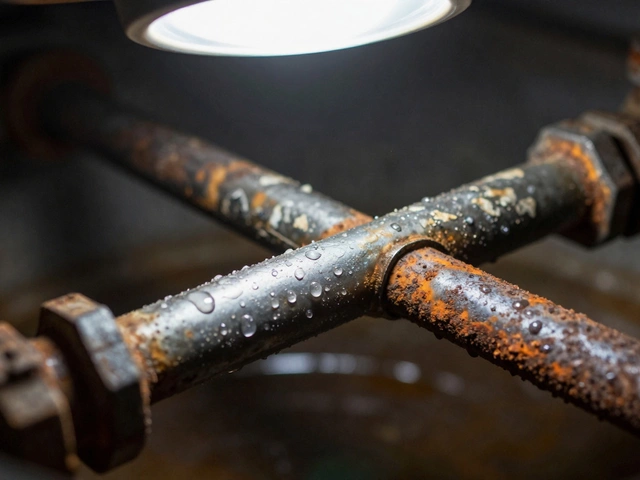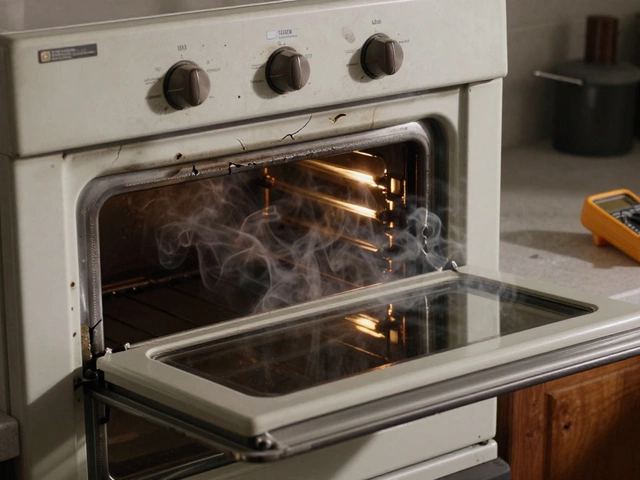When your oven stops working, the kitchen can feel like a dead zone. You can’t bake, roast, or reheat dinner, and the fear of a costly repair call looms. The good news? Most oven issues can be pinpointed with a systematic check‑up, no PhD in electrical engineering required. This guide walks you through the common culprits, the tools you’ll need, and a clear process to figure out what’s wrong, so you can decide whether a DIY fix is possible or it’s time to call a pro.
Know the Core Parts That Can Fail
Oven is a built‑in or standalone kitchen appliance designed to cook food using heat generated by electric or gas elements. Within that box, a handful of components are most likely to cause trouble:
- Heating Element the electric coil (or gas burner) that creates the heat inside the oven cavity
- Thermostat a mechanical or electronic device that regulates temperature by turning the heating element on or off
- Temperature Sensor often a thermistor that sends temperature data to the control board
- Igniter the spark or glowing element that lights the gas flame in a gas oven
- Control Board the electronic brain that interprets user settings and commands the other parts
- Gas Valve the valve that releases gas to the burner when the igniter signals it’s safe
- Door Gasket the rubber seal around the oven door that keeps heat inside
- Fuse a safety component that blows if the oven draws too much current, cutting power to the circuit
Safety First: What You’ll Need
Before you start pulling wires, turn off the power. For an electric oven, switch off the circuit breaker; for gas, shut the gas supply valve. Keep a flashlight, multimeter, screwdriver set, and a notepad handy. A pair of insulated gloves is a smart addition, especially when testing the heating element or igniter.
Step‑by‑Step Diagnosis Checklist
- Confirm the symptom: Is the oven not heating at all, heating unevenly, or stopping mid‑cycle? Write down exactly what you see on the display and any error codes.
- Check power supply: Verify the outlet voltage with a multimeter (should be ~240V in most U.S. homes). If voltage is low, the issue may be the breaker or wiring, not the oven itself.
- Inspect the door gasket: Close the door and feel for drafts. A torn gasket lets heat escape, causing the thermostat to work harder and sometimes overheat. Replace a damaged gasket before moving on.
- Test the heating element: For electric ovens, set the multimeter to ohms. A healthy element reads 10‑30Ω; an infinite reading means it’s broken. If it’s faulty, replace it - a typical cost is $30‑$70.
- Examine the igniter (gas ovens): Turn the oven on and watch. A good igniter glows bright orange within a few seconds. If it’s dim or takes longer than 5seconds, it’s likely failed and should be swapped out.
- Verify the thermostat or temperature sensor: A thermostat that’s stuck open will never allow the element to engage. Use the multimeter to check continuity - most thermostats read 0Ω when closed. For a sensor, compare its resistance at room temperature (usually ~1kΩ) to the manufacturer’s spec.
- Look at the control board: If the display works but the oven never heats, the board may not be sending the signal. Visually inspect for burned spots or bulging capacitors. Replacing a board often fixes multiple intermittent errors, but it’s the pricier component (often $150‑$250).
- Check the gas valve (gas ovens): Once the igniter is confirmed hot, listen for a faint click from the valve. No click suggests a valve failure. Test continuity across the valve terminals; an open circuit means it’s bad.
- Inspect fuses and the main power cord: A blown fuse will cut power to the heating element. Replace with the same amp rating - never exceed it.
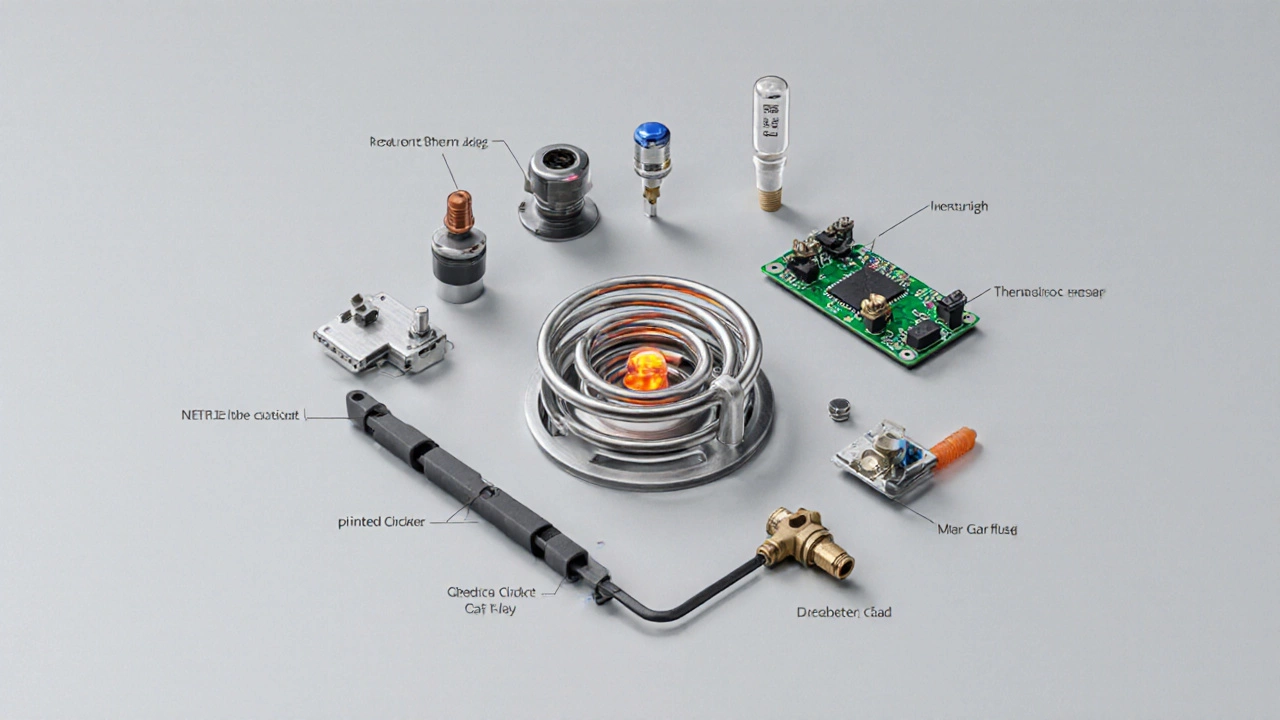
Quick‑Reference Troubleshooting Table
| Symptom | Likely culprit | Test method | DIY fix? |
|---|---|---|---|
| No heat at all | Heating element, fuse, power supply | Multimeter continuity, voltage check | Yes (element/fuse) |
| Uneven baking | Door gasket, thermostat, sensor | Physical inspection, resistance test | Usually yes |
| Gas oven won’t ignite | Igniter, gas valve | Visual glow check, click sound, continuity | Igniter yes, valve often professional |
| Error code flashes | Control board, sensor, thermostat | Consult manual, test sensor/thermostat | Board replacement may need pro |
| Oven door won’t close | Door hinge, gasket | Visual inspection | Yes (replace gasket/hinge) |
When to Call a Professional
If you’ve run through the checklist and the oven still won’t work, or if you encounter any of these red flags, it’s safer to bring in an expert:
- Repeated fuse blows after replacing the element
- Burned smells or visible scorch marks on the control board
- Gas smell - shut the gas supply and ventilate immediately
- Lack of confidence in handling high‑voltage components
Professional technicians have calibrated testers and the right replacement parts, saving you time and preventing accidental damage.
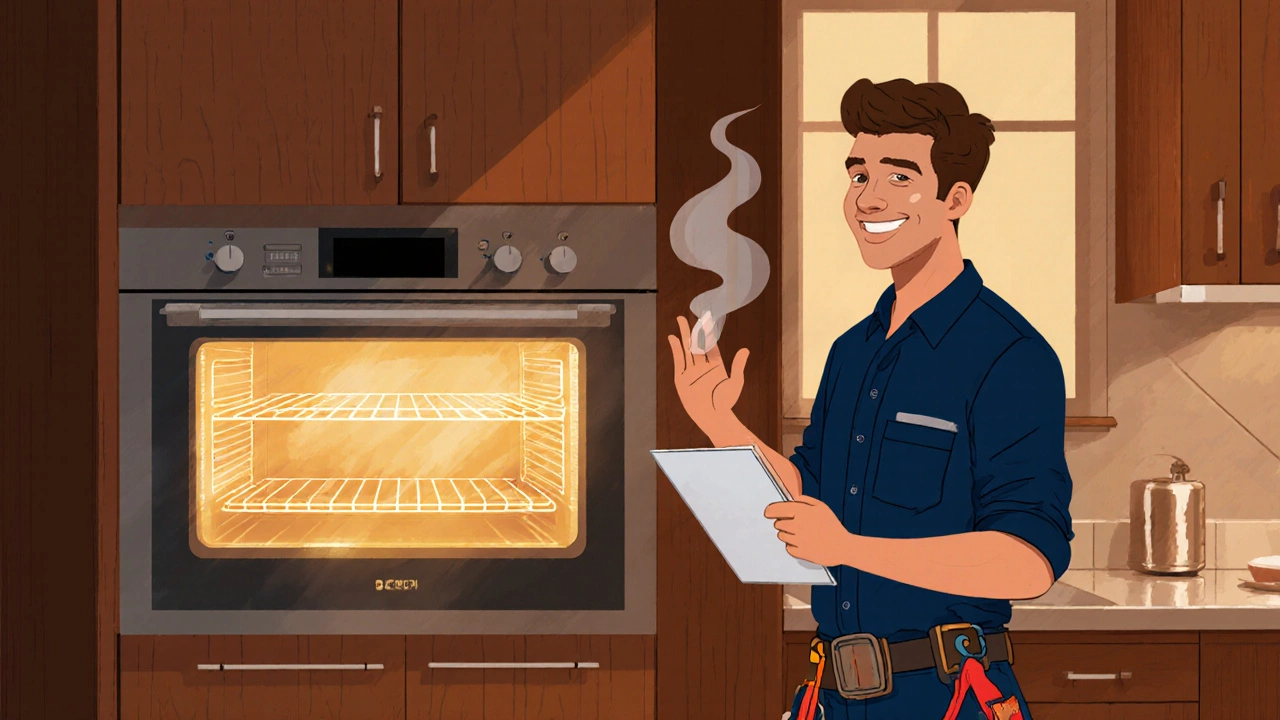
Preventive Maintenance Tips
Regular care can keep your oven humming for years:
- Wipe spills while they’re still warm - baked‑on residue insulates the heating element.
- Inspect the door gasket every six months; replace if you see cracks.
- Run a self‑clean cycle (if available) no more than once a year to avoid overheating the control board.
- Check the power cord annually for fraying or exposed wires.
These simple habits cut down on the most common failures and keep the warranty intact.
Frequently Asked Questions
Why does my oven heat but not reach the set temperature?
Most often the thermostat or temperature sensor is out of calibration. The sensor reports a lower temperature than the actual, so the oven keeps heating longer. Test the sensor’s resistance and compare it to the spec; replace if it’s off by more than 10%.
My gas oven flashes the igniter but no flame appears. What’s wrong?
If the igniter glows but the gas valve never clicks, the valve is likely defective or not receiving the signal. Check continuity across the valve; a broken coil means replacement. Because you’re dealing with gas, it’s safest to have a licensed technician handle the valve.
The oven display works, but nothing heats. Could it be the control board?
Yes. A functional display shows the electronics are alive, but if the board’s output circuit to the heating element is fried, the oven won’t heat. Look for burnt traces or swollen capacitors. Replacing the board usually restores full function.
How can I tell if a blown fuse is the cause of no heat?
Locate the fuse (often behind the rear panel). Use a multimeter set to continuity; a good fuse beeps, a blown one shows infinite resistance. Replace it with the same amp rating and retest the oven.
Is it safe to replace an oven heating element myself?
If you’re comfortable turning off the breaker, disconnecting the element’s wires, and handling a few screws, yes. Most elements are secured with clips and a simple screw. Just make sure the replacement matches the oven’s voltage and wattage.
By following this systematic oven problem diagnosis process, you’ll either fix the issue yourself or have the exact info a technician needs - saving time, money, and a lot of kitchen frustration.

